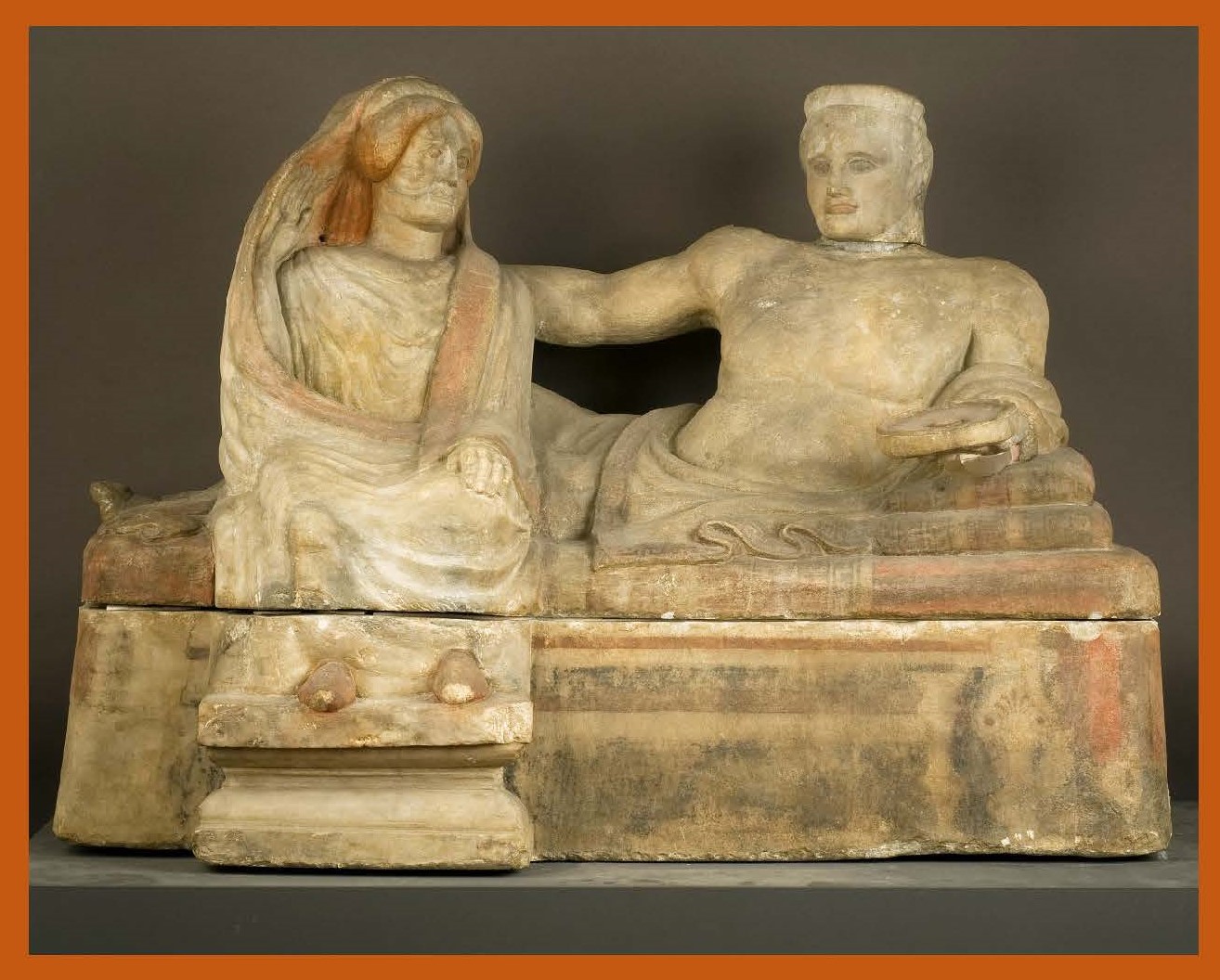Von realen und konstruierten Familien: Die Wiederbelegung etruskischer Gräber als Resilienzstrategie
DOI:
https://doi.org/10.25365/wbagon-2022-4-10Schlagworte:
Etrusker, Resilienz, tumuli, Vergangenheit, ThanatoarchäologieAbstract
The Etruscan sepulchral culture is characterized by its pronounced temporality, which includes the sometimes very long occupancy periods or ritual uses of graves as well as the deliberate references to the past on various levels and with differing qualities. Both topics were repeatedly the subject of archaeological research. However, another practice has remained largely unnoticed, namely the re-use of older tombs for new burials after a longer hiatus. In my paper, I’d like to present a first summary of the practice of re-use of older tombs in Etruria concentrating on the early hellenistic re-use of tumuli in Cortona, Chiusi, and Vetulonia.
Of particular interest in this context is how the older burials and their grave goods were dealt with. What role did the older burials and the memory of them play? This refers more generally to the way the past and memory are engaged with. In particular, the association of new burials with older, visually prominent ones raises the question of broader socio-historical ramifications. These references to the past will be analysed with the concept of resilience and understood as a factor in coping with exogenous and endogenous crises. The tumuli constitute a landscape of memory. Re-occupations can thus be understood as part of memorial discourses of distinction and conscious identity constructions.
Downloads
Veröffentlicht
Lizenz
Copyright (c) 2022 author

Dieses Werk steht unter der Lizenz Creative Commons Namensnennung 4.0 International.

